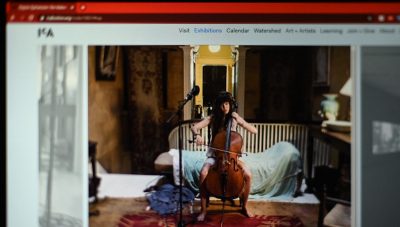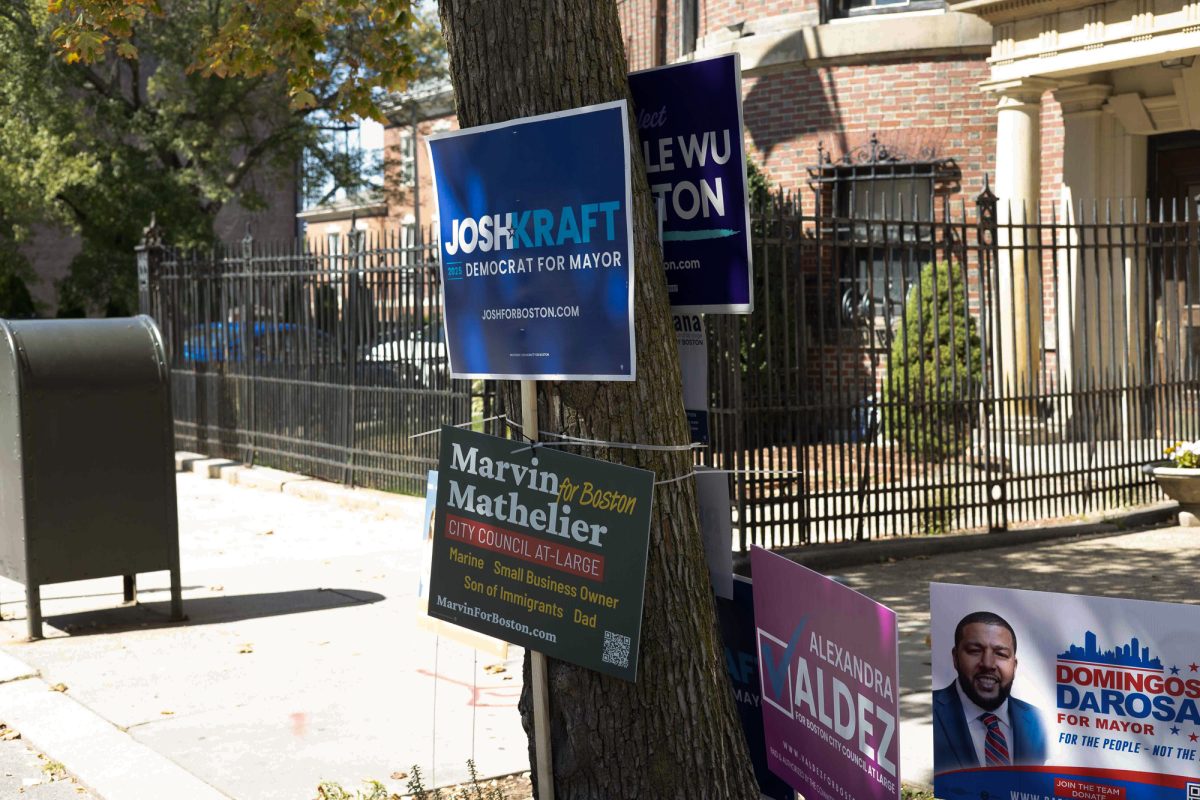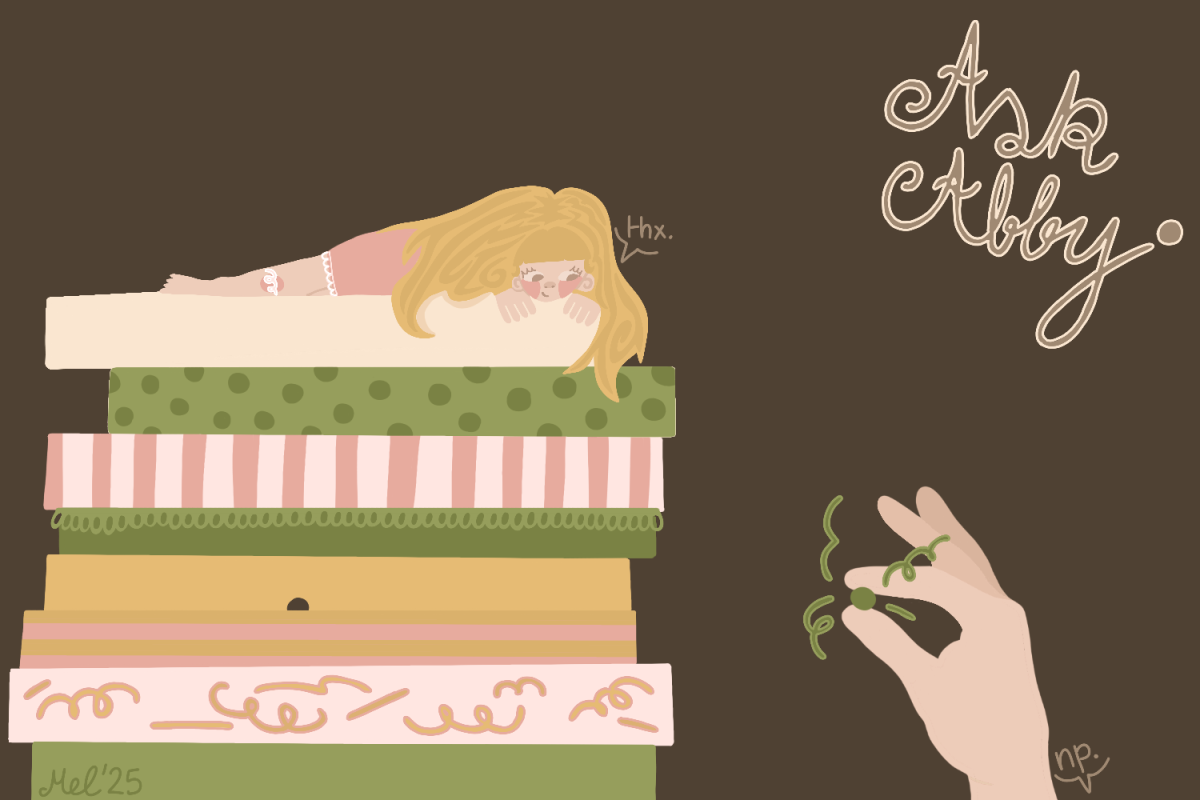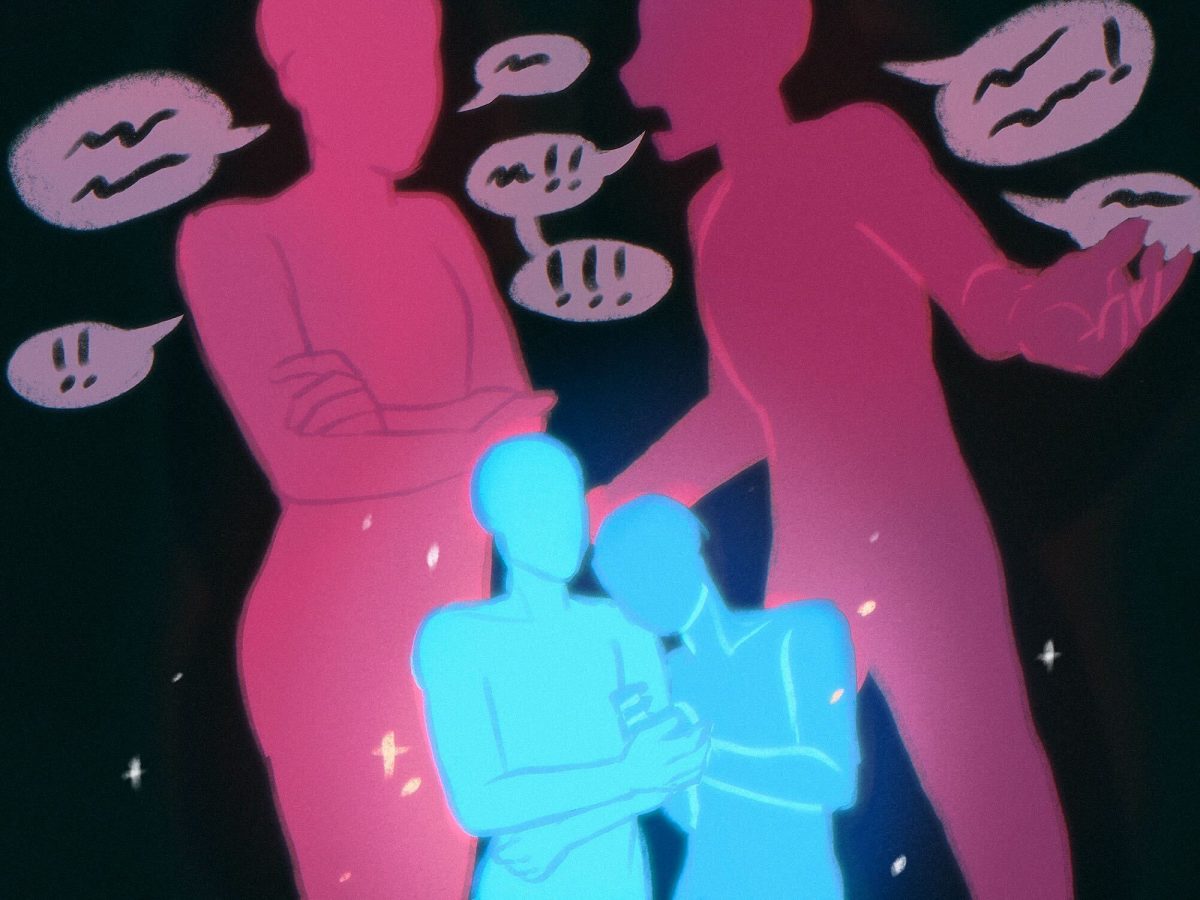Imagine standing in a room, enveloped by darkness. As each screen lights up, projecting an individual in a solitary room with an instrument, a solemn yet hopeful tune begins to play. The musicians begin to play together in groups, and the music intensifies to its peak before dying down again.

This scene is Icelandic artist Ragnar Kjartansson’s “The Visitors” reinstallation at the Institute of Contemporary Art, which opened to members on Wednesday and will open to the general public Thursday night.
Named after the final record of the Swedish pop band ABBA, this performative exhibition features nine screens, each projecting different people, including Kjartansson, playing an instrument.
The videos depict each musician in a uniquely decorated room in the 43-room Rokeby Farms estate by the Hudson River — a site where Kjartansson once performed.
The musicians play on their own and simultaneously, all creating what Kjartansson deems a “feminine nihilistic gospel song.” The musical composition, full of ebbs and flows in sound, is set to the poem “My Feminine Ways,” written by Kjartansson’s former wife and fellow artist Ásdís Sif Gunnarsdóttir.
Portraying themes of love, loss and friendship, Kjartansson himself sits in a bathtub singing the lyrics: “Once again I fall into my feminine ways.”
Cecelia Dixon, a senior in the College of Arts and Sciences at Boston University, said “The Visitors” gave her a feeling of togetherness with other museum-goers.
“It feels like you’re in a family, almost, just singing together in a house,” Dixon said. “This whole idea of community is super prevalent, and I think that’s really important now.”
Dixon, who has volunteered at the ICA in the past, said the museum experience was something she had missed and was excited to experience again.
“It’s a beautiful piece that it’s so nice to interact with and walk around, but I feel like one of the overwhelming feelings that come with the pandemic is just the feeling of loneliness,” Dixon said, “and being able to be at a museum, first of all, feels like something normal that hasn’t gone on for a while … It just takes away the burden of [COVID-19] for a little bit.”
Although the exhibit is not new to the ICA — it opened briefly before the museum temporarily closed due to the coronavirus — it has become a part of the museum’s prized permanent collection.
Jeffrey De Blois, the ICA’s assistant curator and publications manager, wrote in an email that the museum decided to reopen the exhibit instead of installing a different one because it was so well-received when it was on display from February to its sudden closure in March.
“After an outpouring of enthusiasm on social media, we decided to put ‘The Visitors’ back on view as the first work installed at the museum since our reopening,” De Blois wrote. “One of the best-loved works in the ICA’s permanent collection, ‘Ragnar Kjartansson: The Visitors’ is our love letter to our visitors.”
De Blois also wrote that the ICA is asking attendees to send in “love letters” sharing how Kjartansson’s work is personally meaningful, for an opportunity to be featured in a video tribute during reopening celebrations in October.
During its first installation period, the ICA website described the exhibit as a “unique arrangement of music in space” that “creates a layered portrait of the house and its musical inhabitants.” However, for some, the exhibition has taken on a new meaning since the museum’s temporary closure during a time when communities across the world were forced to find connection in isolation, not unlike the musicians on the screens.
Jaqueline Mang, a sophomore in the College of Fine Arts, saw the exhibit two years ago at the San Francisco Museum of Modern Art. She said “The Visitors” is applicable to the experience of many people feeling isolated and attempting to seek connections during quarantine.
“It was just interesting how [the musicians] were able to collaborate on one song and made it seem like they’re together when they’re actually in separate rooms,” Mang said. “It made me think of Zoom meetings, when people work on things together.”
De Blois wrote that this piece can serve as a tool of reassurance during a time when many people are, or have been, forced to be alone for an extended period of time.
“For some, the prolonged experience of social distancing has dramatically changed our conception of home and our relationships to one another,” De Blois wrote. “We turn to this familiar work … where musicians play ‘alone together,’ in hopes that it might offer comfort or healing, and knowing that our experience of it at this time will be different.”
Amid the upheaval brought by the pandemic, Dixon said the piece is pertinent especially now, when people need to look for silver linings on the smallest of scales.
“I think that with [COVID-19],” Dixon said, “one of the things we have to do is learn to appreciate joy in the little things.”




















































































































